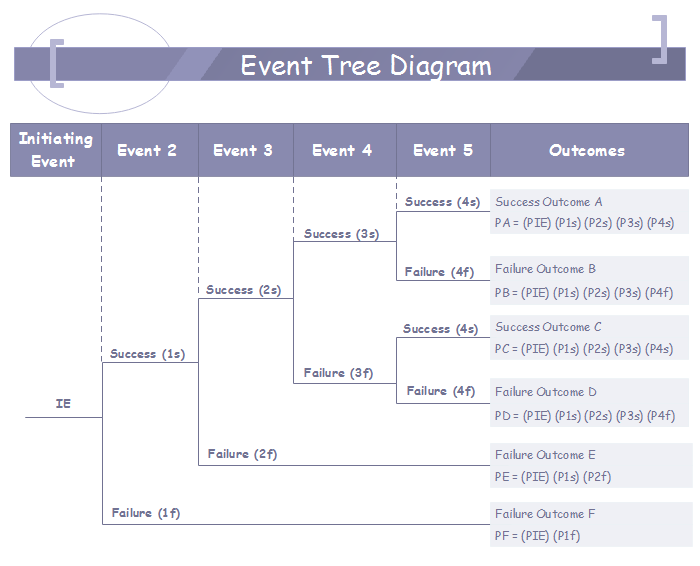
A Quick Guide to the Event Tree Analysis The Risk Assessment
Fault tree analysis is one analytical technique for tracing the events which could contribute. It can be used in accident investigation and in a detailed hazard assessment. The fault tree is a logic diagram based on the principle of multi-causality, which traces all branches of events which could contribute to an accident or failure.

Event Tree Analyser with some Event Tree for selected initial situation
Event tree analysis is the technique used to define potential accident sequences associated with a particular initiating event or set of initiating events. The event tree model describes the logical connection between the potential successes and failures of defined safety systems or safety functions as they respond to the initiating event and.

Perbedaan Event Tree Analysis dan Fault Tree Analysis
Event Tree (ET) analysis is a widely used forward deductive safety analysis technique for decision-making at a system design stage. Existing ET tools usually provide Graphical Users Interfaces (GUI) for users to manually draw system level ET diagrams, which consist of nodes and branches, describing all possible success and failure scenarios.

Eventtree depicting the alternative for a planned attack
Bowtie analysis is a fantastic risk modeling tool because of its roots in event tree analysis and fault tree analysis. It allows the user to anticipate the pathways of the most credible worst-case scenarios, which allows for more confident decision-making in risk management. Learn more of bowtie analysis and how it compare to other analysis.
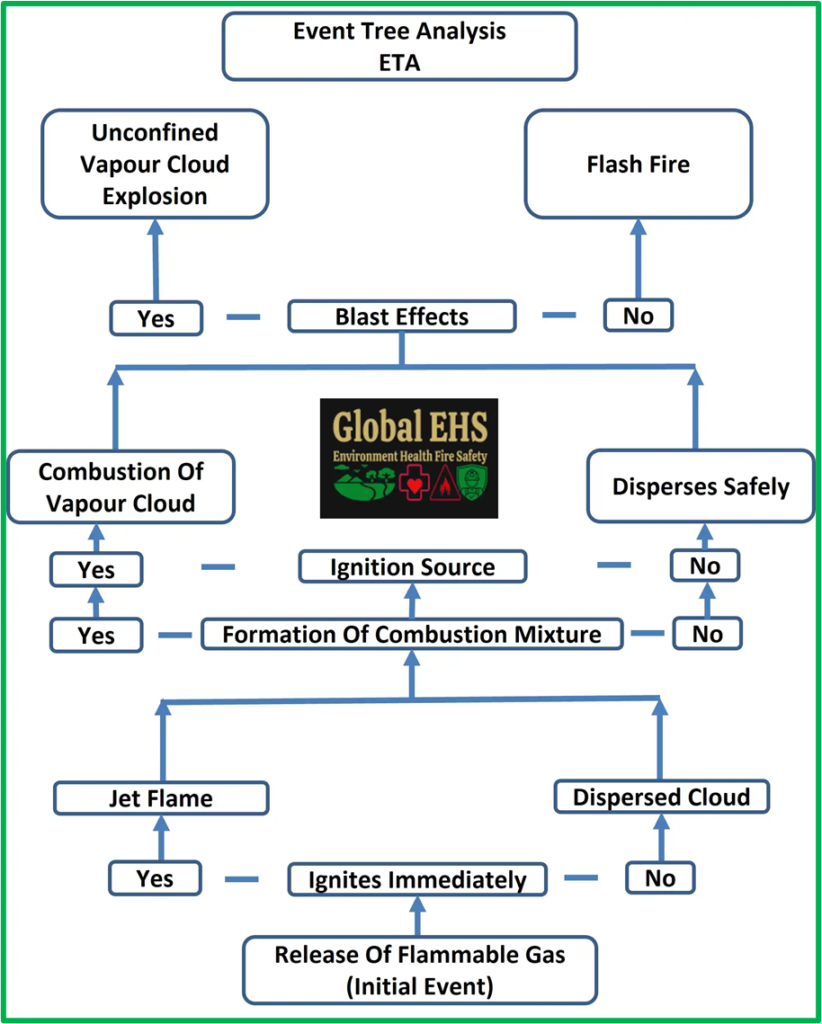
Event Tree Analysis
Event tree analysis (ETA) is an established risk analysis technique to assess likelihood (in a probabilistic context) of an accident. The objective data available to estimate the likelihood is often missing (or sparse), and even if available, is subject to incompleteness (partial ignorance) and imprecision (vagueness). Without addressing incompleteness and imprecision in the available data.

PPT EVENT TREE ANALYSIS PowerPoint Presentation, free download ID
Event Tree Analysis is a powerful tool for understanding the causes of accidents. By dissecting accidents into a sequence of events, ETA provides insights that contribute to improved safety measures, proactive risk management, and enhanced accident prevention strategies.
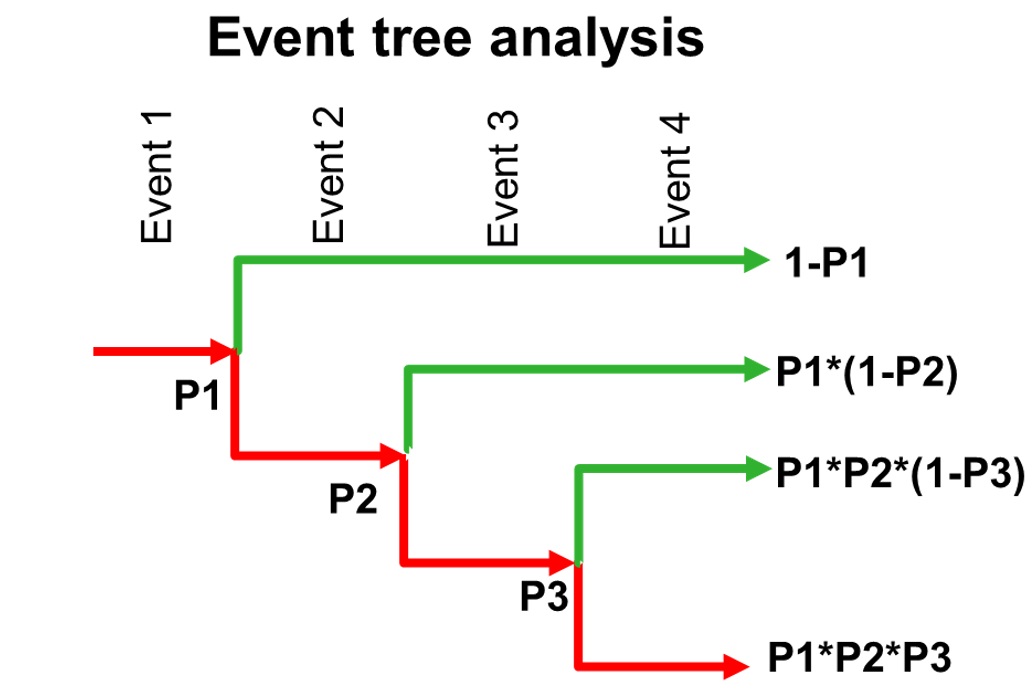
5.5 Risk assessment methods
Event tree analysis (ETA) is an analytical technique used to evaluate process and events leading to a possible accident. It is a causal analytical technique. It is based on an analysis of a sequence of actions and events that have led up to an accident. A graphical logical model is used to analyze this.

A n example of event tree analysis Download Scientific Diagram
Even tree analysis is a quantitative approach that involves collecting data and analyzing tree populations. It helps us understand the structural patterns, spatial distribution, and health of trees in a given area. By examining the evenness of tree size classes, we can gain insights into forest dynamics and ecosystem stability..
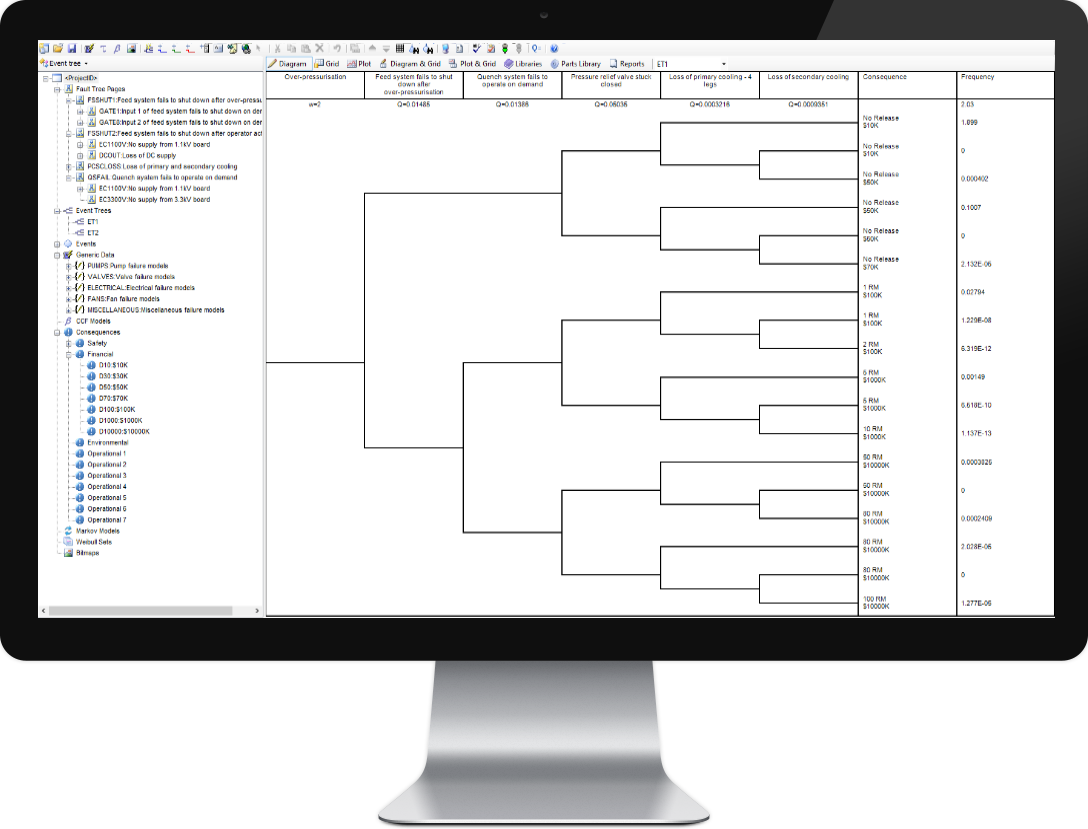
Event Tree Analysis in Isograph Reliability Workbench
Event Tree Analysis 1.1.1. Description and Purpose 1.1.2. When It Might be Used 1.1.3. Advantages, Disadvantages, and Limitations to The Defence Sector or The Particular Domain 1.1.4. A Simple Example of an Event Tree 1.1.5. Sources of Additional Information 1.1.6. Additional Comments 1.2. Version Control 1.2.1. Version 2.3 to 3.0 Uplift

What Every Engineer Should Know About Event Tree Analysis (ETA) for
Overview. Event Tree Analysis (ETA) uses the same logical and mathematical techniques as Fault Tree Analysis. However, whereas a fault tree analyzes how an undesirable top event may occur, an event tree considers the impact of the failure of a particular component or item in the system, and works out the effect such a failure will have on the overall system risk or reliability.

Perbedaan Event Tree Analysis dan Fault Tree Analysis
An event tree analysis (ETA) is an inductive procedure that shows all possible outcomes resulting from an accidental (initiating) event, taking into account whether installed safety barriers are functioning or not, and additional events and factors.

PPT EVENT TREE ANALYSIS PowerPoint Presentation, free download ID
10 Tips for Event Tree Analysis. Wikipedia describes Event tree analysis (ETA) as "a forward, bottom up, logical modeling technique for both success and failure that explores responses through a single initiating event and lays a path for assessing probabilities of the outcomes and overall system analysis". However, like many techniques.

Formalized event tree determining the possible scenarios and
• An Event Tree is a representation of possible sequences of events • Analysis is inductive technique, i.e. working from an event to its possible consequences • Event Trees allows an assessment of the ability to manage failed systems to be conducted - avert the progression to an accident. Possible Cause Possible Cause Possible Cause Barrier

Event Tree Analysis ETA Example 1.2 YouTube
An event tree analysis is a top-down, quantitative risk assessment technique that uses a graphic representation of possible events and their consequences to identify risks and develop mitigation strategies. It is commonly used in complex systems with many interconnected components, such as power plants or chemical plants.

Event Tree Analysis, ETA Riskope
An event tree analysis (ETA) examines the different paths that can be taken in a given scenario. Each step consists of a node and corresponding exit lines for each possible outcome at that step.
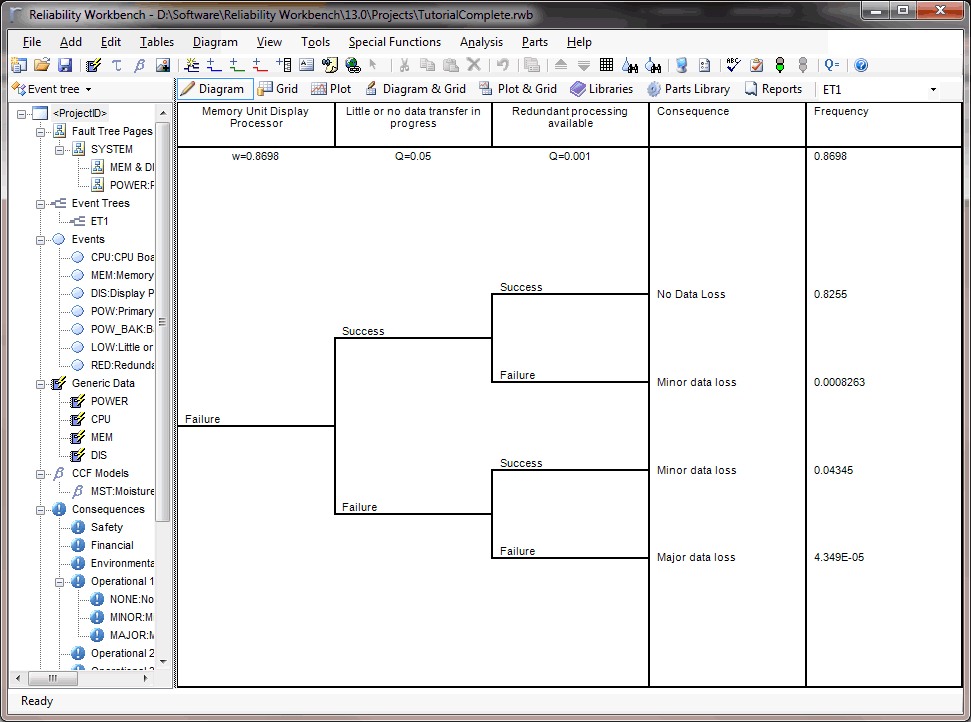
Introduction to Event Tree Analysis in Reliability Workbench Isograph
Event tree analysis is a commonly used tool in dam and levee safety risk analysis to identify, characterize, and estimate risk. Quantitative estimates for probability of failure and the resulting consequences can be obtained using event trees. Graphical depictions of potential failure modes (PFM) and consequences can also